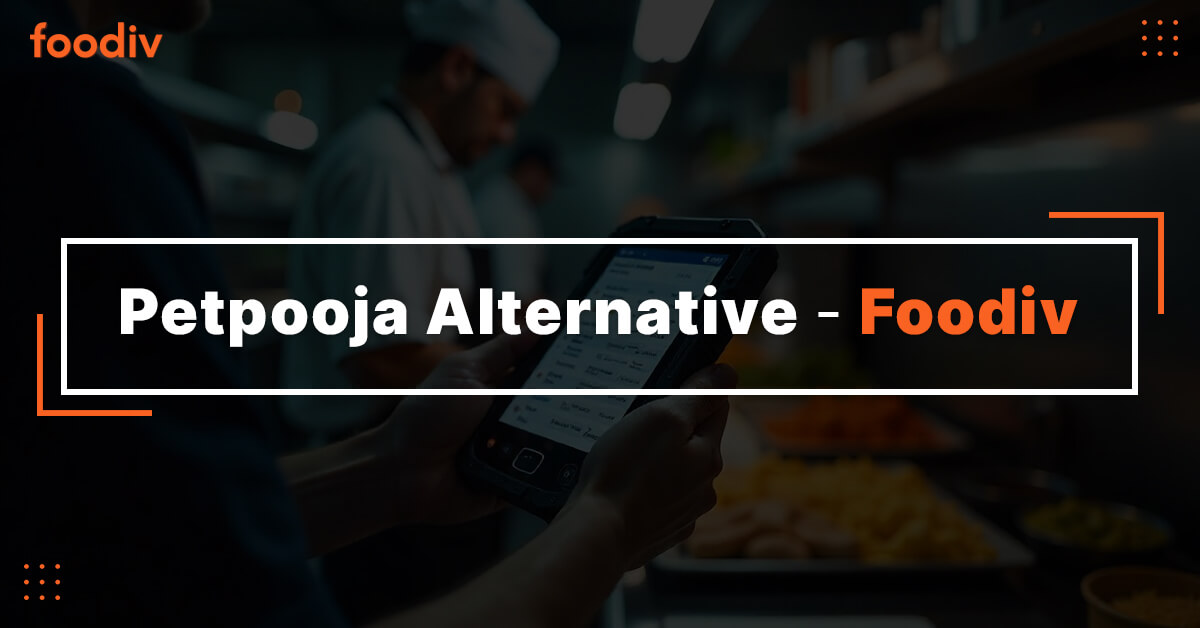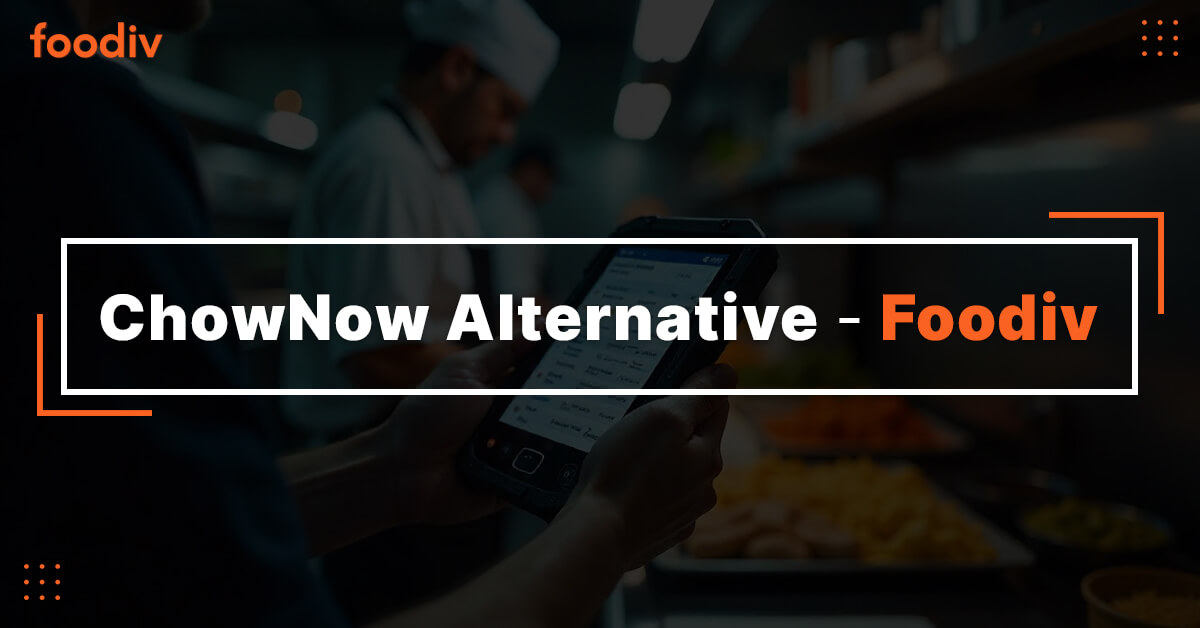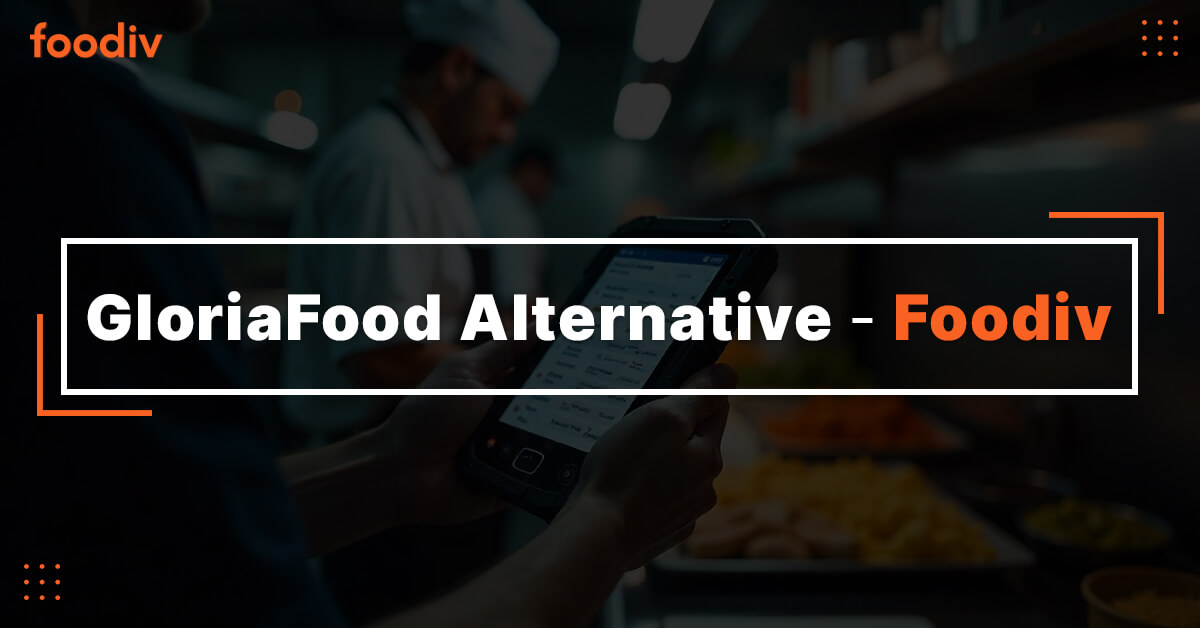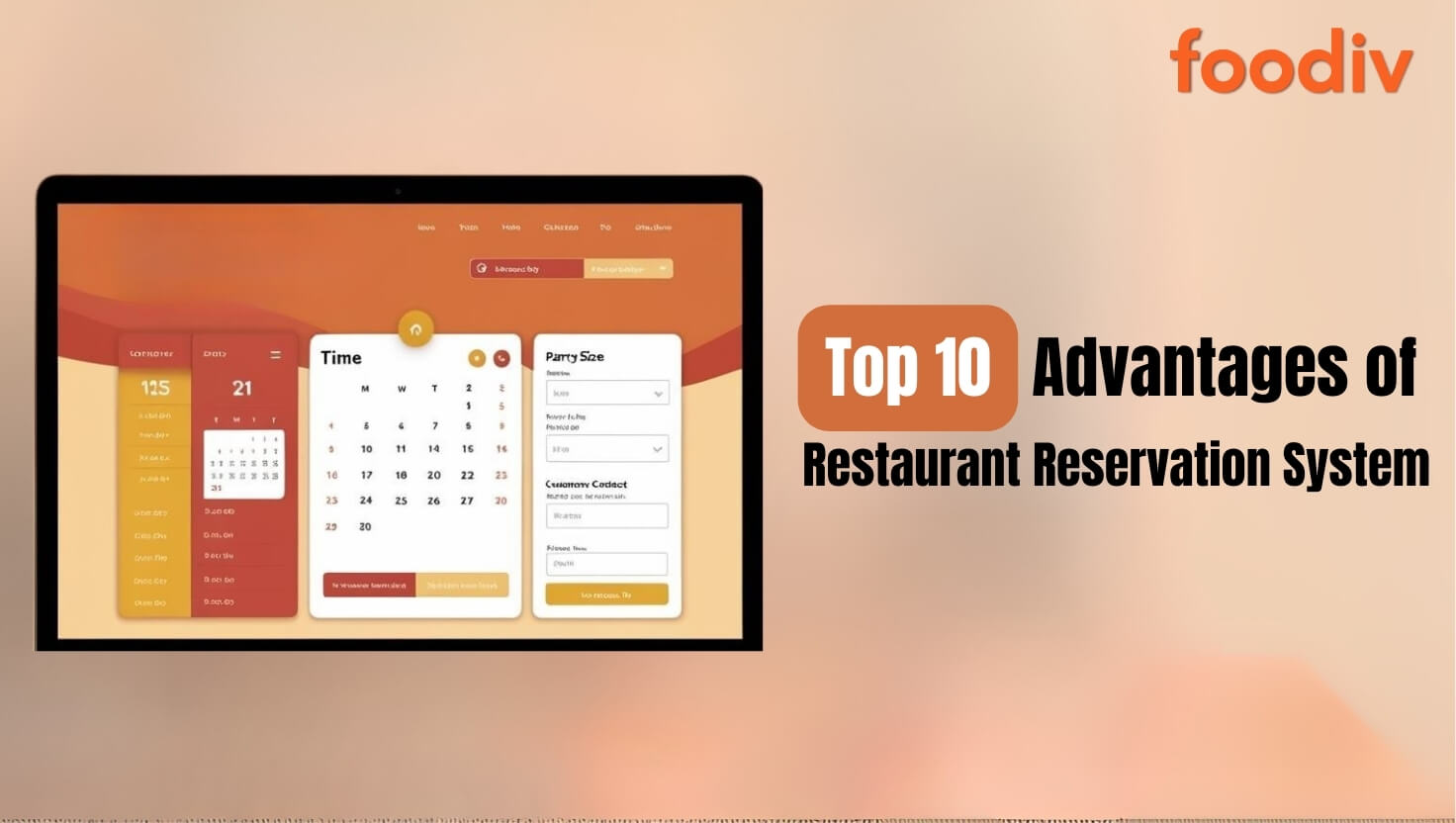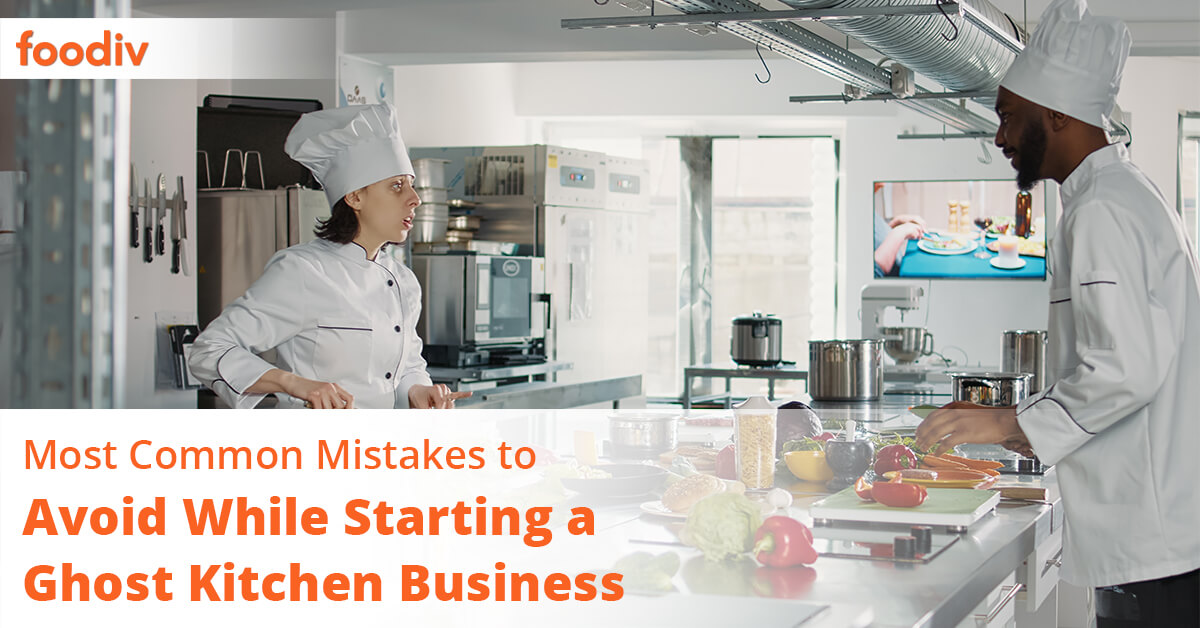
Quick Summary: Are you running a not-so-profitable ghost kitchen? Or, are you considering starting a high-grosser cloud kitchen business? Then you need to prepare in advance and learn the mistakes that you should avoid to achieve your ambition faster. This article helps you get closer to the issues that most ghost kitchen startups face so you can come up with solutions to mitigate them. Let’s explore;
The food industry has witnessed a major transformation in recent years. With the rise of digital ordering and changing consumer habits, home food delivery has become the norm. This shift has led to the rapid growth of ghost kitchens, also known as cloud kitchens. Customers now expect hot, restaurant-quality food delivered straight to their doorstep, raising the bar for food service businesses.
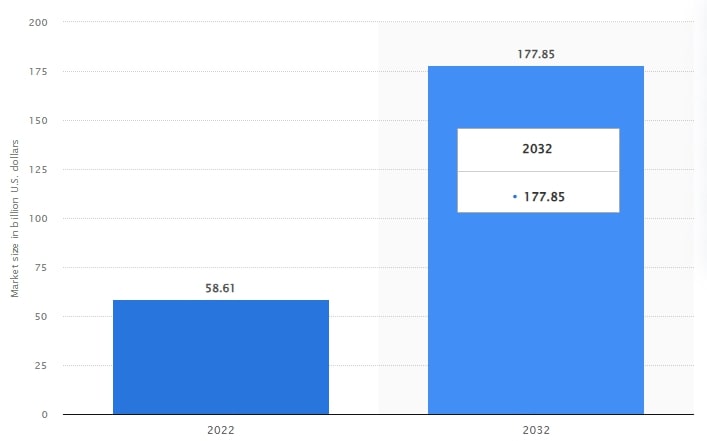
In 2022, the global cloud kitchen market was approximately $58.61 billion which is expected to reach $177.85 billion by 2032. Cloud kitchens offer numerous benefits, including lower operational costs, faster scalability, and greater flexibility. The trend is here to stay, making it a lucrative business opportunity.
However, launching a ghost kitchen isn’t without challenges. Entrepreneurs often face significant initial investments, strict government regulations, a shortage of skilled labor, and limited consumer awareness.
Does that mean you should drop the idea of starting a cloud kitchen business?
Not at all. You just need to tread carefully and avoid the most common mistakes. Keep reading to find out what they are.
14 Most Common Mistakes to Avoid While Starting a Cloud Kitchen Business
As mentioned above, cloud kitchens have their advantages and a fair share of challenges. Ghost kitchen startups can reap rich dividends if they avoid the below mistakes and work smartly.
Failure to Develop Niche Products
There has been a sporadic rise in the number of ghost kitchens since the lockdown. How will you differentiate yourself from numerous other ghost kitchens in the market? It is crucial that your product appeals to customers and they keep ordering back for more.
Right from the taste, colors, and aroma to the packaging, your product must stand out from the competition. When people understand that what you serve is not found elsewhere, they will place more orders and recommend your food to others. Nobody likes mediocre food, so avoid being ordinary.
Neglecting Market Research
Starting cloud kitchen business without thorough market research is a recipe for failure. Many entrepreneurs assume that a great menu alone will guarantee success, but understanding your target audience, competitors, and demand trends is equally important.
Before launching, analyze local food preferences, price sensitivity, and the level of competition in your area. Are you catering to office workers, students, or families? What cuisines are in demand? What’s your Unique Selling Proposition (USP)? Without answers to these questions, your ghost kitchen might struggle to attract and retain customers.
Conduct surveys, competitor research, and test runs before finalizing your menu. A well-researched approach helps position your brand better and ensures long-term growth.
Weak Digital Presence
Apart from an appealing website, your cloud kitchen business must have a robust online presence on social media platforms. As per the survey, 36% of TikTok users visited or ordered food from a business after watching a video on TikTok. Is your target audience on Facebook, TikTok, Instagram, or other platforms? Create robust digital marketing strategies and mark your effective presence across these channels. If you lack resources, you can think of starting Instagram marketing and gradually start with others once you start to see the benefits.
Moreover, you should also tie up with food delivery apps and offer attractive discounts to entice customers. If your business is not online, you are already at a disadvantage. Remember that.
Successful Digital Marketing For Restaurants
Overinvesting or Choosing the Wrong Equipment
Even if your ghost kitchen restaurant does not have a physical location, your kitchen staff needs the right equipment to create exotic dishes. The key lies in not exceeding your budget while buying the right equipment to meet customer requirements and industry standards. Cloud kitchens that fail to strike the perfect balance will have to face tough times ahead.
Poor Location Selection
Even though cloud kitchens don’t require high-footfall locations like traditional restaurants, choosing the wrong location can still impact operations and profits. Many startups make the mistake of setting up in areas where delivery logistics become a nightmare, affecting both costs and customer satisfaction.
Your cloud kitchen should be strategically placed to minimize delivery time while maximizing order volume. Opt for locations with easy access to main roads, delivery partners, and densely populated areas.
Avoid areas with poor infrastructure, unreliable utilities, or heavy traffic congestion that could delay deliveries. The right location ensures efficient operations, reduced expenses, and a higher customer retention rate.
Poor Kitchen Design
A cloud kitchen’s efficiency depends on its layout and workflow. A poorly designed kitchen can slow down operations, increase prep time, and lead to unnecessary confusion among staff.
From storage and preparation stations to cooking and packaging areas every section must be strategically placed to optimize productivity. Overcrowded kitchens or poorly ventilated spaces can also compromise hygiene and safety standards.
Investing in a functional, well-planned kitchen setup ensures smooth daily operations and faster order fulfillment. Prioritize ergonomic designs, efficient equipment placement, and streamlined workflows to boost productivity and minimize downtime.
Inept Financial Planning
Starting a ghost kitchen is cost-effective compared to conventional restaurants but you still need proper planning and strategies. Starting from hiring the right staff, and marketing, to packaging, you need to anticipate the costs and plan accordingly. Ask yourself the following questions while setting aside money for your ghost kitchen startup.
- Will you buy, rent or share space?
- How many chefs, assistant chefs, managers, and delivery staff do you need?
- Have you chalked out your pricing strategy while considering the cost of overheads and inventory?
- Did you set aside a certain amount for marketing activities like social media marketing, website development, app development, and others?
Understand your business type, industry requirements, and other factors while conducting financial planning for your ghost kitchen. Reserve an additional amount for emergency situations. Inefficient financial planning can lead to operational disasters later. So, plan carefully and in advance.
No 2-Way Customer Communication
Customer is king, never forget that. Unless you have repeat customers, new customers and referrals, your ghost kitchen business won’t last long. Acknowledge customer feedback and work on your drawbacks.
Be it social media or feedback conveyed to your delivery executive, analyze it and make changes if necessary. Share information about your social media handles along with your email address. If your business has an app, include an option for customers to share their feedback.
Even if customers share negative feedback, communicate with them and assure them that you will work on your flaws.
Not Embracing Technology
Whether it is conventional kitchens or ghost kitchen companies, ensuring streamlined operations has always been challenging. The main challenge they face is managing restaurant processes and operations due to staff shortages and other issues. There is no need for fancy gadgets but a few useful apps and tools like the ones below.
POS System: Monitor orders, accept payments, facilitate deliveries, store and analyze customer data, etc with a POS system.
Restaurant SaaS Technology: Online food ordering system is the need of the hour, whether you are running a ghost kitchen or a meal prep business. You cannot be entirely dependent on third-party food delivery, you need your own cloud kitchen ordering system to build stronger relationships with your customers. A leased and integrated restaurant SaaS technology allows ghost kitchens to manage payroll, scheduling, and online ordering seamlessly.
Food Ordering Application: Don’t think of a mobile app as an unnecessary investment. Teaming up with food delivery partners may be expensive for ghost kitchen startups. Developing an app for your business may be a more economical option plus it also improves your brand image as customers will instantly identify with your name, logo and other distinguishing factors.
Additionally, you may need technology or tools to manage orders pouring in from various channels.
Why Popular Food Delivery Apps aren’t always the Best Choice for Your Restaurant?
Weak Brand Identity
One of the biggest mistakes cloud kitchens make is ignoring brand identity. Since ghost kitchens don’t have physical locations where customers can experience the ambiance, your brand image is entirely dependent on logos, packaging, marketing, and customer interaction.
A forgettable brand won’t stand out in the crowded food delivery market. Your logo, brand colors, packaging, and tone of communication should be consistent and recognizable across platforms.
Storytelling plays a crucial role in brand recall. What makes your kitchen unique? Why should customers pick you over competitors? A strong brand identity builds trust, creates a loyal customer base, and drives repeat business.
Overreliance on One Platform
Many cloud kitchens make the mistake of depending entirely on a single food delivery app to drive sales. While partnering with platforms like Uber Eats, DoorDash, or Swiggy is essential, relying on them exclusively limits your control over customer relationships and profitability.
Food aggregators charge high commission fees, and their algorithms can change overnight, affecting your visibility. Having your own website or mobile app for direct orders reduces dependency and helps retain customer data for future marketing.
Use a multi-channel approach by incorporating social media, email marketing, Google My Business, and your own ordering system to diversify revenue streams. A smart strategy ensures that even if a third-party platform changes policies, your business remains unaffected.
Faulty Food Costing
Understand that the cost of ingredients has gone up significantly since 2020. It is relatively less expensive to start a ghost kitchen but incorrect food costing can be disastrous. Entrepreneurs must implement clearly defined processes to ensure optimal portion control and inventory management while avoiding wastage.
Apart from the POS system, it is recommended to implement a robust costing system that tracks food cost per item in the ghost kitchen menu. Analytics can shed light on less popular menu items. Businesses can use such information to change menu items, change ingredients and make other changes to increase profitability.
Do you know! How to Control Food Cost?
Zero Consistency
Maintaining consistency in ghost kitchen operations is of utmost importance, but it can be challenging. The ideal way to maintain consistency is to create a base kitchen. In a base kitchen system, vendors deliver ingredients to the base kitchen where your staff processes them and sends them to the cloud kitchens according to the demand on a particular day.
Establishing proper consistency while serving customers will enhance your reputation and boost sales.
At first, ghost kitchen startups fail to create effective menus with compelling price strategies. They may find it hard to make break even, especially when they team up with third-party delivery partners (who demand fat commission). Hence, it is important that your ghost kitchen business has the right menu pricing strategies in place to ensure long-term sustainability and growth.
Keep in mind the below factors while creating a menu and developing price strategies for each menu item.
- Demand for each menu item
- Cost of ingredients
- Less popular menu items
- Seasonal changes
Depending on the situation, you should change your pricing strategy.
Summing Up: How Foodiv Makes a Difference
Starting a ghost kitchen comes with its fair share of challenges. Pros include substantial cost savings, greater efficiency, opportunities for experimentation, flexible menus, and availability of valuable customer data. There are risks and challenges too, but the benefits far outweigh the risks, albeit effective planning, process, and management in place are needed.
Little mistakes like inaccurate costing, late delivery, and lack of consistency can undo all the hard work. In the absence of face-to-face customer contact, the only way you can make a positive impact is with your services. There is no room for error. Foodiv helps. It helps all new and established restaurants, ghost kitchens and cloud kitchen startups of all sizes run their business seamlessly by providing a quality SaaS-based food ordering system.
Follow the 14 tips above and your cloud kitchen business, if you want to keep your restaurant profitable. You can also contact us if you want to get into more details, be it strategies or technology systems.


